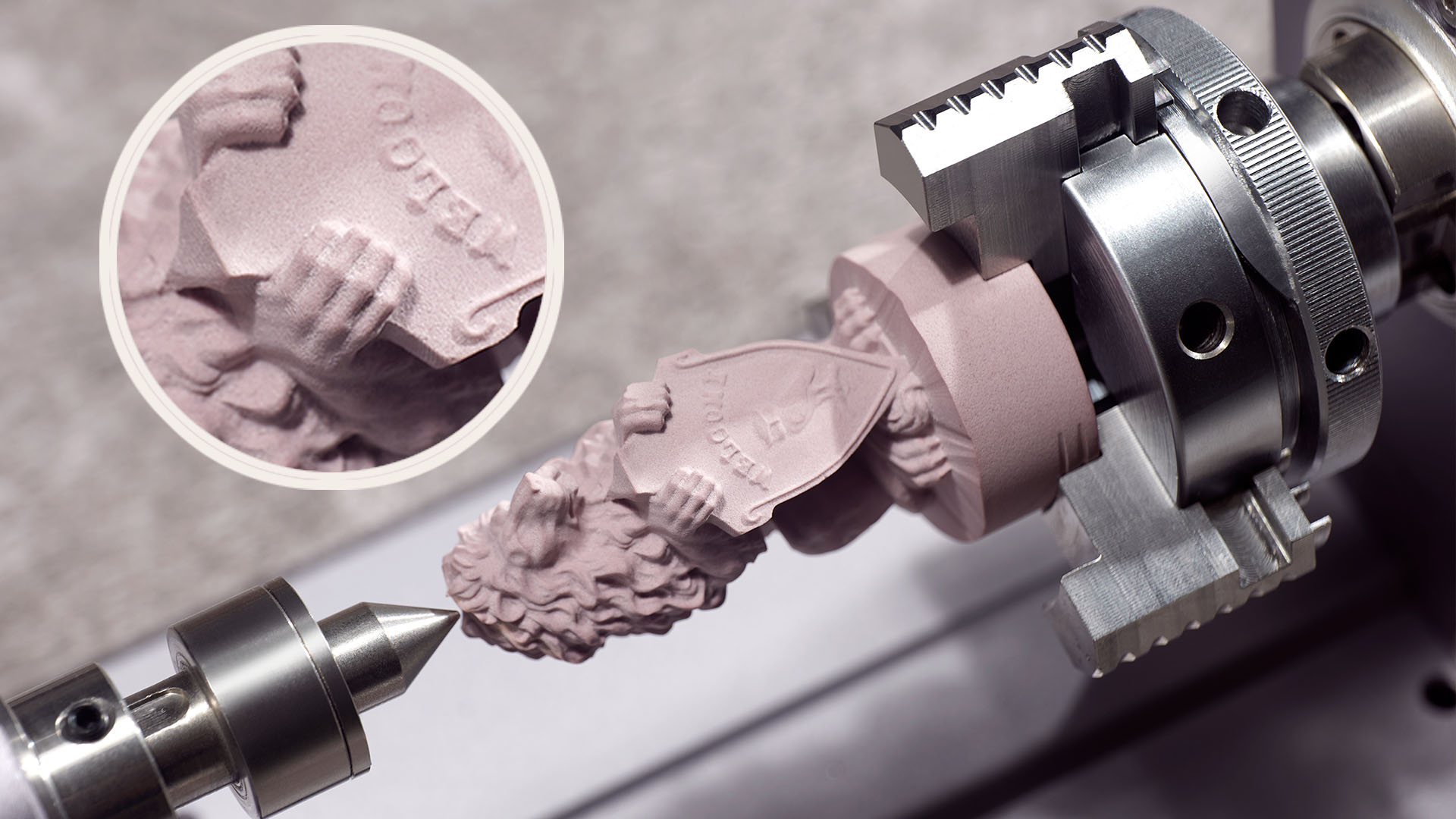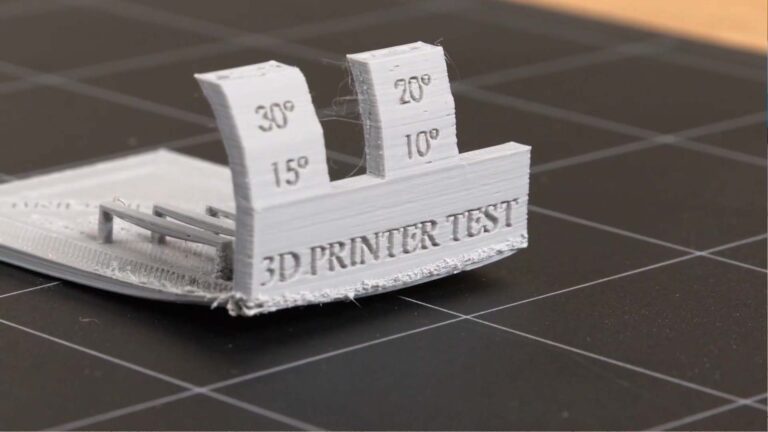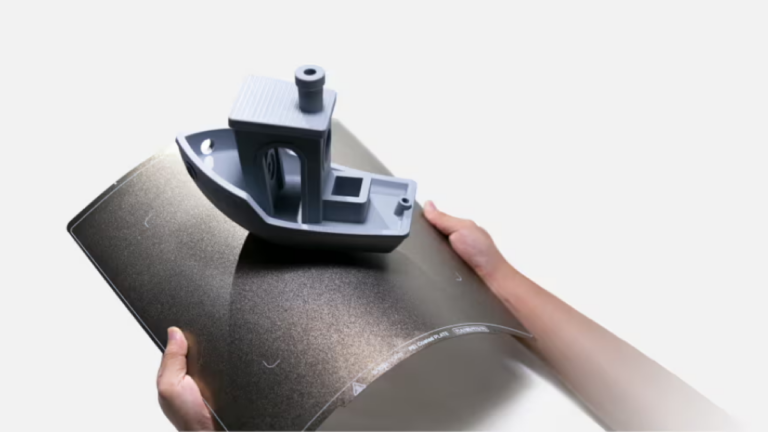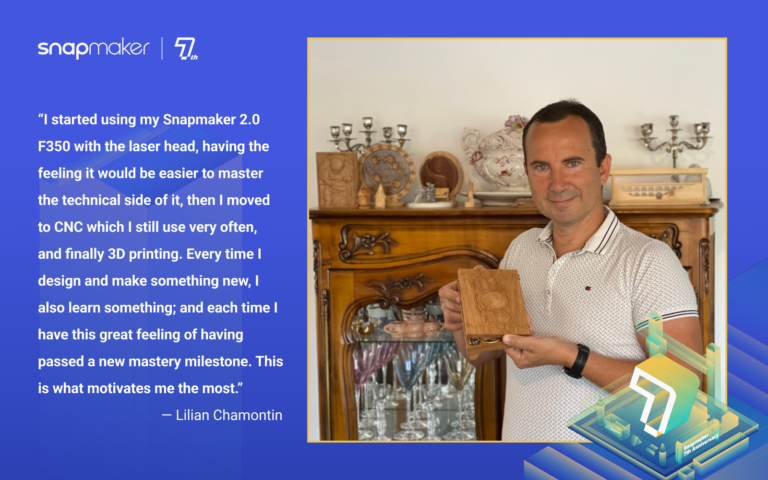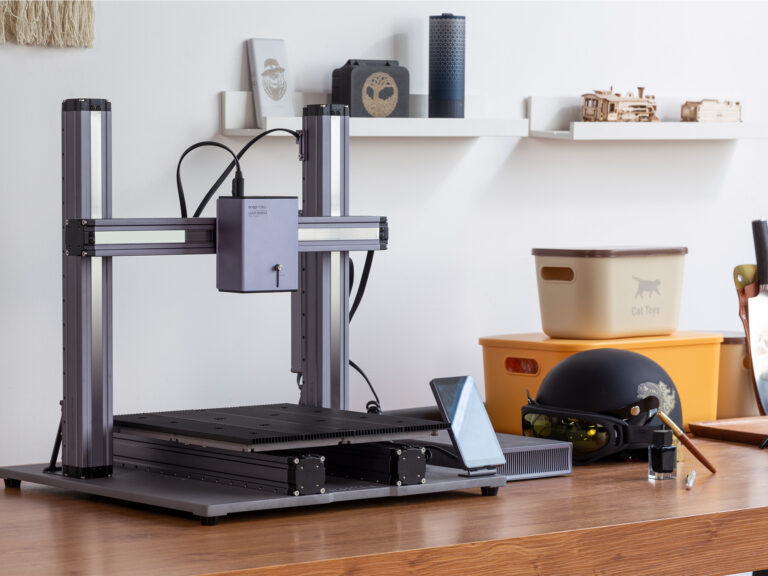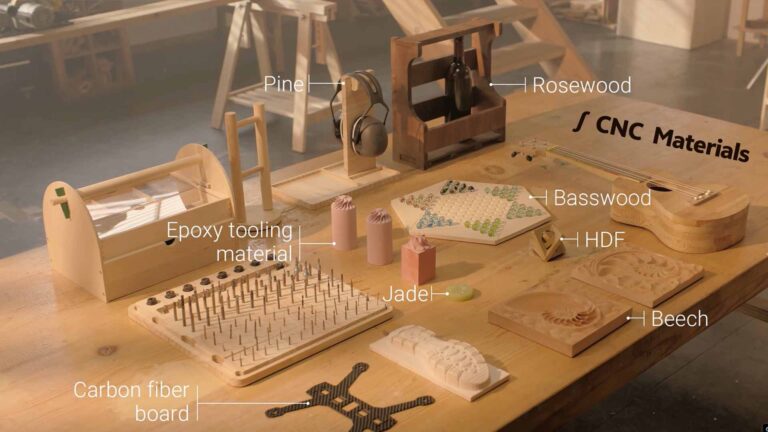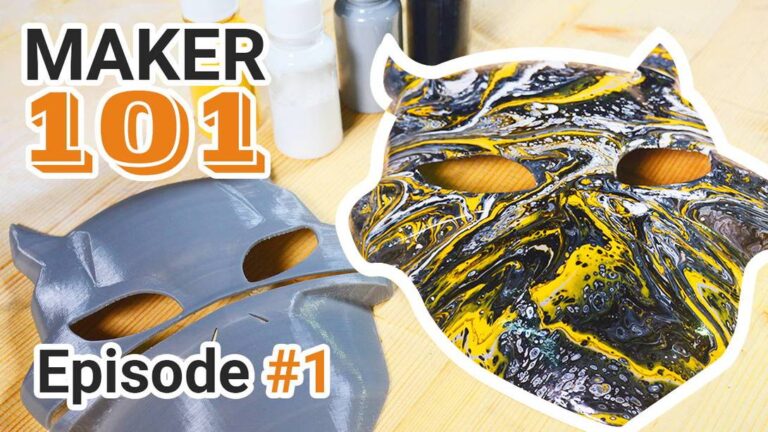CNC Surface Finishing Guide
Surface finishing is the final step in 3D printing and is the difference between a raw casting and a polished gem. It improves aesthetics, durability, and functionality.
This blog has everything you need to know about surface finishing, common finishing techniques, and selecting the best surface finishing for your CNC machined parts.
Key Contents:
What is Surface Finish
Surface finish describes the final texture of a part, encompassing its roughness, waviness, and lay (surface pattern direction). You may wonder how do machining processes affect surface finish? It is a complex characteristic defined by multiple factors:
- Surface Texture: The entire texture of a part as well as the definitions of roughness, waviness, and lay must be included.
- Surface Roughness: Parameters such as Ra (average roughness) and Rz (maximum peak-to-valley height) measure surface irregularities microscopically.
- Surface Finishing Process: Processes modify the surface by adding materials (such as powder coating), removing materials (such as grinding), or transforming their states.
Why is surface finish so important? A part will determine whether it should or should not have a good machining surface finish due to the following factors:
- Enhancement of Corrosion Resistance: This protects the part from the effects of atmospheric conditions, which have a certain effect on its lifetime.
- Friction Reduction: The same would help moving parts operate smoothly and efficiently.
- Improving Aesthetics: Giving the part a professional, polished look.
- Ensuring Compliance: Meeting industry-specific standards and regulations
Common CNC Surface Finishing Techniques
Some common techniques of surface finishing are:
Mechanical Methods
Bead Blasting:
Tiny glass beads are propelled at the surface, creating a uniform matte or satin finish. Brittle plastics may be cracked, so not all would benefit from this, but it is great for hiding tool marks.
Hiding tool marks could also be achieved through bead blasting, which is a process of shooting tiny glass beads at a surface using a pressurized air gun. The end result is a material acquired matte or satin finish from such a process. Bead blasting alters the surface to eliminate machining marks, resulting in a smooth and uniform finish. However, it’s not suitable for plastics as they may crack.
Wet Sanding:
Wet sanding involves rubbing sandpaper with different grits (600-1200) in water using circular movements to form a smooth and even surface. It is good for finishing plastics in preparation for painting or polishing. Using a moderate sandpaper and transitioning to a low-coarse sandpaper helps create a smoother surface. Applying a clear-coat polish to the surface promotes shine and luster.
Tumbling:
Tumbling is a mass-finishing process and is also known as barrel finishing. It gives a matte finish and is often used for deburring and smoothing edges. It finishes the parts by rotating them in a barrel. Tumbling is not suitable for parts with tight tolerances as it can create uneven sides and alter dimensions. Therefore, you must check the tolerance requirements of the parts. Moreover, it can correct visible defects in 3D-printed applications.
Chemical Methods
Anodizing (Type II/III):
This anodizing process involves anodizing the thin-but-durable oxide layers on an aluminum surface resulting in corrosion and wear resistance. An anodizing process involves submerging an aluminum alloy in a sulphuric acid electrolyte and then using it as an anode. It then installs a cathodic device, either of stainless steel, nickel, or carbon and passes an electric current. Oxygen flows to the anode, wherein an upper anode oxide forms. The anodic oxide primarily contains aluminum oxide that resists corrosion.
Chemical Oxidation:
Chemical oxidation is similar to anodizing as it also creates protective oxide layers on other metals, improving corrosion resistance and sometimes providing a decorative black finish.
Thermal Methods
Vapor Polishing:
Vapor polishing refers to polishing certain thermoplastics with a chemical vapor to clarify matte, opaque, or dull plastics. This technique exposes the surface to solvent vapors, slightly melting it to achieve a smooth, glass-like clarity. It also smoothes edges and enhances the material’s natural qualities.
Powder Coating:
A dry powder is electrostatically applied to the part and cured in an oven; hence, the process is powder coating. This powder can be a thermoplastic or thermoset polymer, resulting in a strong, beauty-type finish. You must note that powder coating can slightly increase the part’s dimensions.
How to Choose the Right Finish
Selecting the right milled surface finish techniques requires balancing several factors:
- Material Compatibility: Certain finishes are better on specific materials (bead blasting might ruin thin plastics).
- Functional Requirements: Is high corrosion resistance (anodizing), wear resistance (hard coating), or aesthetics (polishing) required? The dimensions will also be affected in two ways. Some methods, such as powder coating, will add thickness to the part, while others, for example, tumbling, may slightly change the dimensions.
- Cost & Scalability: Electroplating suits high-volume production, whereas wet sanding is budget-friendly for hobbyists.
Practical Tips for Hobbyists
Here are a few tips for amateurs:
- Wet Sandings on Plastics: Use circular motion to create finer grits and finish with a plastic-safe polish to create a professional surface finish.
- Wearing PPE: Bead blasting or chemical handling always requires protection through PPE.
- Cost-Saving Hack: DIY tumbler ceramic media to smooth small metal parts for less.
Conclusion
Surface finishing in CNC machining improves the durability, functionality, and looks of components. Machining is one of the different processes of CNC finishing. The precise finishing process can bring exceptional results. Indeed, understanding the differences and picking out the one that is appropriate for your needs now guarantees a greater rendering of results. Whether you are a professional, hobbyist, or amateur machinist, if you apply the right surface finishing, the final outcome will be something worth an “A” grade.

